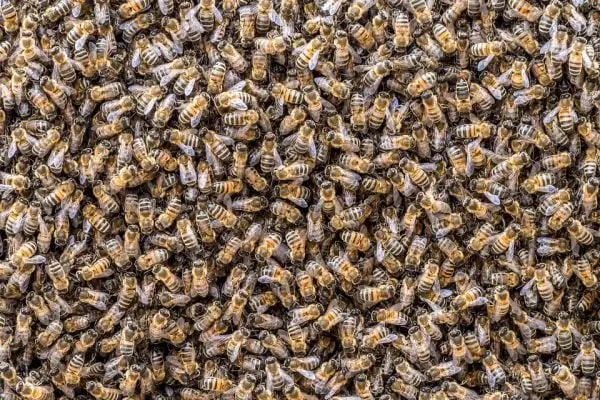With their iridescent plumage and vibrant calls, pheasants have captivated human cultures for centuries. These magnificent birds, native to diverse regions across the globe, play a vital role in ecosystems and hold a special place in traditions and folklore. But beyond their captivating appearance and ecological significance, the world of pheasants holds a hidden layer of intrigue – the language used to describe groups of these fascinating creatures. Let’s embark on a journey through this vocabulary, exploring the collective nouns associated with pheasants and delving into the fascinating facts that continue to make them a source of wonder and respect.
Collective Nouns for Pheasants
Unlike some animals with singular collective nouns, pheasants boast a diverse vocabulary, each term reflecting the specific activity or context of the group:
- Nye: This term, steeped in Old English roots, signifies a large and impressive gathering of pheasants, often seen in open fields or meadows during feeding or breeding seasons. It evokes a sense of abundance and the collective presence of these majestic birds.
Example: Bathed in the golden light of dawn, a nye of pheasants strutted across the vast meadow, their vibrant plumage catching the first rays of the sun, a spectacle of nature’s vibrant tapestry come alive.
- Bevy: This term, primarily used for female pheasants, describes a smaller group of hens often seen foraging or resting together. It suggests a sense of social cohesion and shared purpose amongst these females.
Example: Nestled amongst the tall grasses, a bevy of pheasants pecked at fallen seeds, their synchronized movements and watchful eyes highlighting their cooperative nature and alertness for potential threats.
- Bouquet: This evocative term, referencing the beauty and vibrancy of flowers, aptly describes a group of pheasants displaying their colorful plumage during courtship rituals. It captures the essence of their dazzling display, highlighting their intricate patterns and mesmerizing colors.
Example: In a breathtaking display of courtship fervor, a bouquet of pheasants engaged in a vibrant dance, their iridescent feathers shimmering in the sunlight like a kaleidoscope of colors, showcasing the captivating beauty of their natural behaviors.
- Covey: This term, commonly used for young pheasants, depicts a small group of chicks typically under the watchful care of their mother. It evokes a sense of protection and nurturing, highlighting the crucial role of the hen in raising her brood.
Example: Following their attentive mother, a covey of chicks scurried through the undergrowth, their downy feathers and inquisitive eyes showcasing the vulnerable yet endearing aspect of their early development.
- Drift: This term portrays a group of pheasants in flight, moving together in a loose and fluid formation. It captures the dynamism of their movement and their ability to navigate the skies as a cohesive unit.
Example: Alerted by a sudden sound, a drift of pheasants erupted from the undergrowth, their wings beating in unison as they soared into the clear blue sky, a testament to their agility and synchronized flight patterns.
Interesting Facts About Pheasants
Understanding these collective nouns enriches our vocabulary and adds a deeper layer of appreciation for these diverse creatures. But venturing deeper into the world of pheasants reveals their remarkable adaptations, ecological importance, and the challenges they face:
Masters of Adaptation: Pheasants possess a unique combination of physical adaptations, allowing them to thrive in diverse environments. Their long tails and powerful legs aid in their escape from predators, while their keen eyesight and camouflage help them blend seamlessly into their surroundings.
Ecological Engineers: Through their foraging and seed dispersal activities, pheasants play a crucial role in maintaining healthy ecosystems. They help control insect populations and contribute to the regeneration of various plant species.
Cultural Significance: Across diverse cultures, pheasants have been revered for their beauty, resilience, and symbolic meaning. They appear in artwork, folklore, and mythology, representing abundance, prosperity, and renewal.
Facing Threats: Habitat loss, overhunting, and competition from invasive species pose significant threats to pheasant populations. Understanding these challenges and supporting conservation efforts are crucial for ensuring the survival of these majestic birds for future generations.
A Source of Inspiration: From their stunning plumage to their fascinating behaviors, pheasants continue to inspire artists, photographers, and writers. Their captivating presence fuels creative expression across various mediums, reminding us of the wonders of the natural world.
Final Thoughts
From the majestic “nye” gathering in the meadow to the vibrant “bouquet” engaged in courtship displays, the diverse collective nouns for pheasants offer a glimpse into their multifaceted nature and ecological importance.
Also Read:







One thought on “What is a Group of Pheasants Called? Collective Nouns”